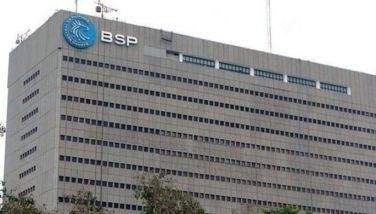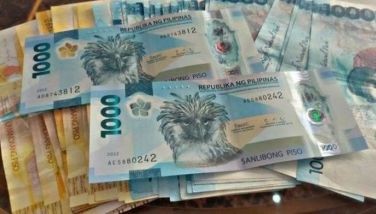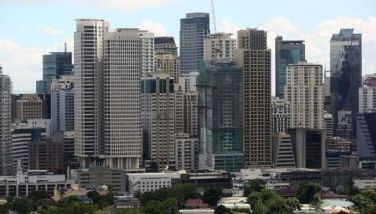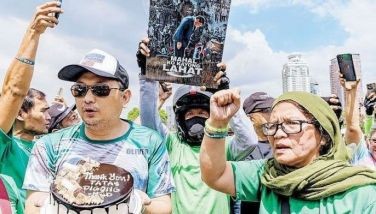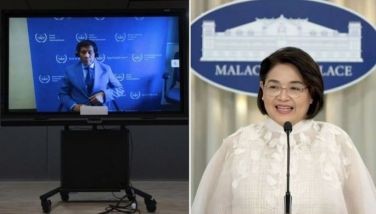Just when I thought I was pregnant...
The health of the thrift banking industry continued to improve in the first quarter, with the end-March portfolio of bad loans falling to 7.29 percent of total loans against 8.97 percent last year.
Data from the Bangko Sentral ng Pilipinas (BSP) shows the improvement in the non-performing loans (NPL) ratio of thrift banks resulted from a small decline in NPLs and the rapid 4.53 percent expansion in total loans.
The BSP reported that the thrift banking industry has been able to sustain its single-digit NPL ratio for 24 straight months due mainly to the growth spurt in the property sector that has been pushing total loans to expand.
Exclusive of interbank loans, the NPL ratio of the thrift banking industry settled at 8.66 percent in March from 9.02 percent in February and 9.68 percent in the same month last year.
The BSP said core lending rose 3.28 percent or P7.46 billion to P235.18 billion.
On the other hand, the BSP said the proportion of the industry’s ROPOA (real and other properties owned or acquired) to gross assets receded to 7.41 percent from 7.54 percent in February because of the growth in gross assets outpaced the accumulation of bad assets.
The industry’s restructured loans(RLs) also went down so that its proportion to TLP went down to 1.99 percent from two percent in the previous month and last year’s 2.85 percent.
Total restructured loans of the thrift banking industry, according to the BSP, was valued at P6.12 billion.
However, the total non-performing assets of the industry remained at double-digit levels at 10.74 percent, although this was a decline from 10.97 percent the previous month and 12.62 percent last year. The value was placed at P51.75 billion.
Meanwhile, the BSP said the NPL coverage ratio improved to 50.46 percent against 49.9 percent in February, driven by the increase in loan loss reserves to P10.28 billion.
The BSP has been urging banks to unload their bad loans under the Special Purpose Vehicles Act (SPVA) but thrift banks have been having a more difficult time selling off bad loans and taking the haircut from the sale.
The SPVA offered incentives but only to the extent of allowing local banks to ration the book accounting of the losses resulting from the discounted sale of their bad loans.
The rehabilitation of the banking industry in other countries have been far more successful but that was because governments gave out incentives that ranged from tax holidays to outright subsidy.
- Latest
- Trending



















